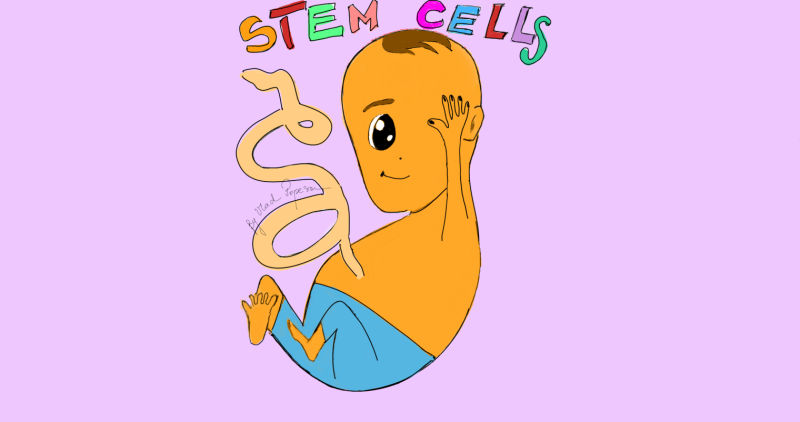
Cell, Stem Cell, and Developmental Biology
Hi guys,
Today, I will introduce you to the most brilliant labs I have had so far and in which I had the opportunity to discover the universe of stem cells.
1. Transfection, Transformation, and Cell Structure
The first lab was just a preamble to our further adventures in experimental cell biology. Not only did we analyze the use of various methods to stain different intracellular structures, but we also had a lot of hands-on experience with fluorescent reporters and microscopes in order to understand and master the techniques of visualizing cell structure.
For instance, we have used a fluorescent molecule, such as DAPI, that targets the A-T-rich DNA. In contrast, a toxin (Phalloidin) has been involved in order to label filamentous actin fibers. Of course, since Phalloidin is not fluorescent, we had to consider coupling it to a bright orange dye.
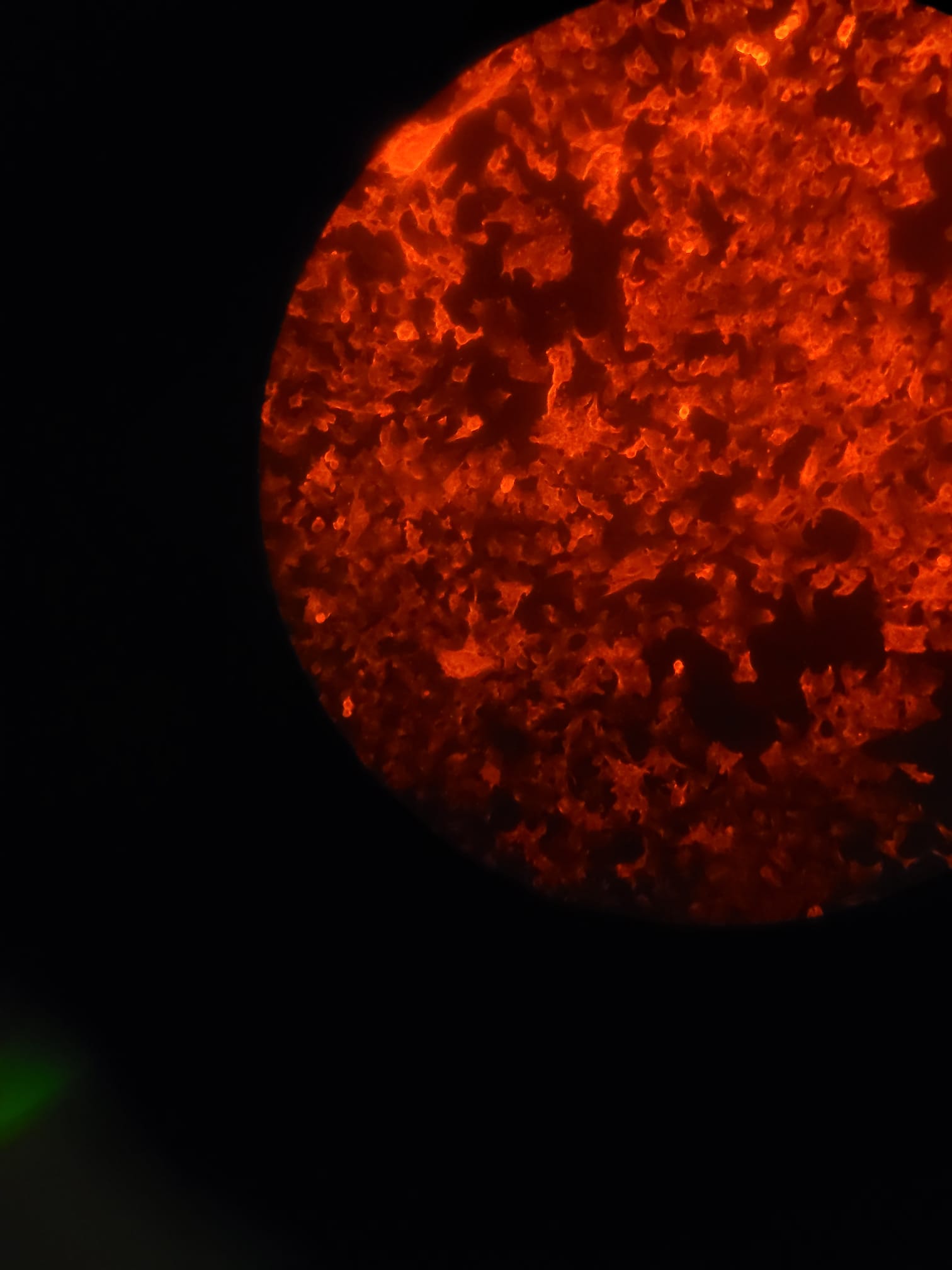
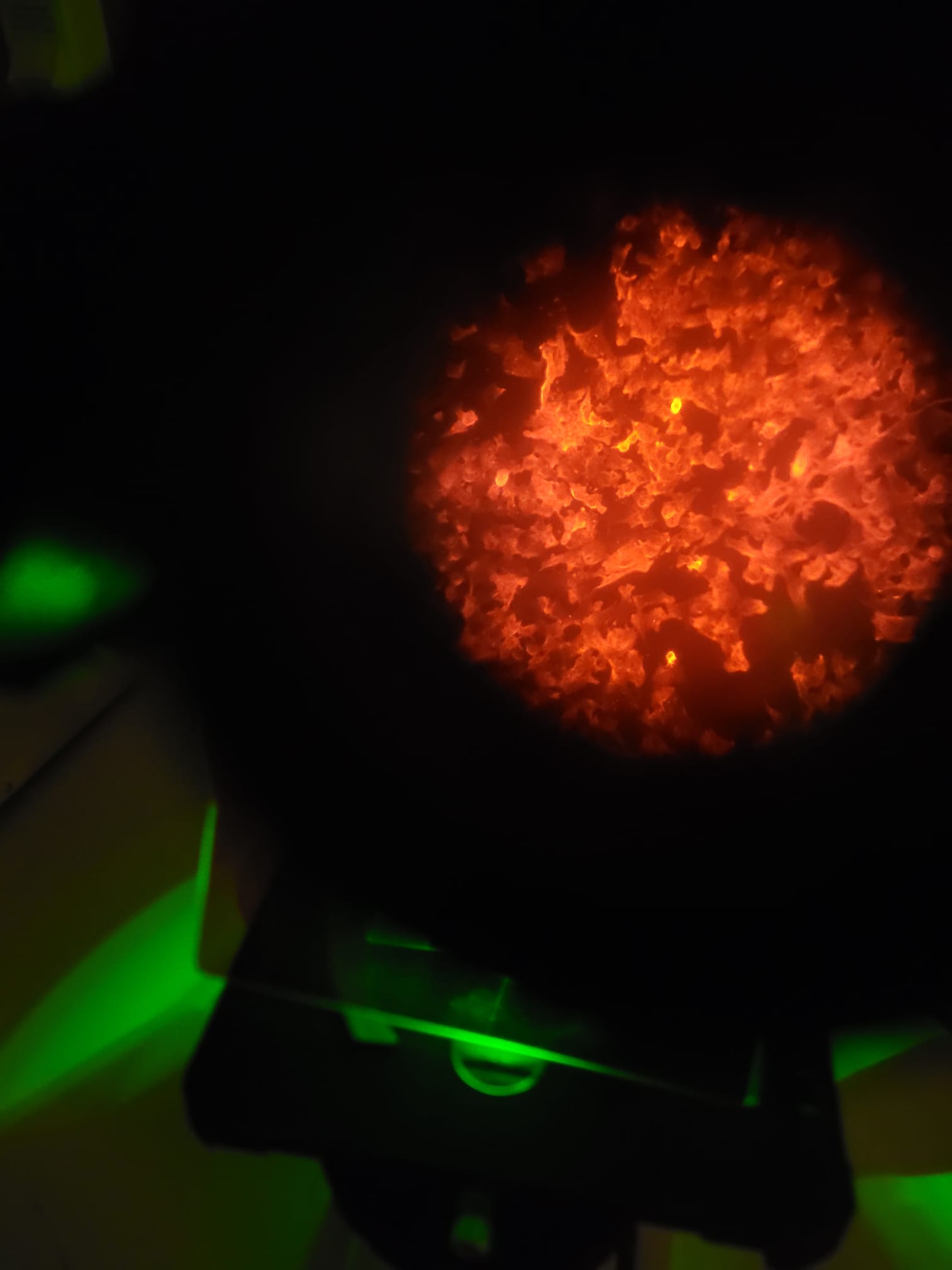
Furthermore, with the aim of exploring protein dynamics in living cells, a second method was employed in our experiment, consisting of the generation of fusion proteins that enabled us to bind a protein of interest to a fluorophore (the green fluorescent protein, abbreviated GFP).
Regarding our last laboratory procedure, we were supposed to transform bacteria using plasmids, so we worked with the prokaryote cell Escherichia coli. All I can say is that it was absolutely thrilling! By the end of this lab, you will acquire a deep understanding of how important antibiotic resistance genes are, how satellite colonies appear, as well as why plasmids and bacterial chromosomes differ fundamentally.
2. Cell Migration and Proliferation
In this practical, we were first asked to perform a wound healing assay and later to investigate what happens to the wound over a specific period of time with the aid of phase-contrast microscopy. The purpose of this experiment was to study cell migration, a pivotal characteristic of living cells, famous for its applicability in a vast range of physiological processes such as immune response, tissue homeostasis, and development, going so far as to promote cancer metastasis. Afterward, in addition to using a combination of antibodies to perform an immunocytochemistry assay, the windup of the lab consisted of a data statistical analysis.
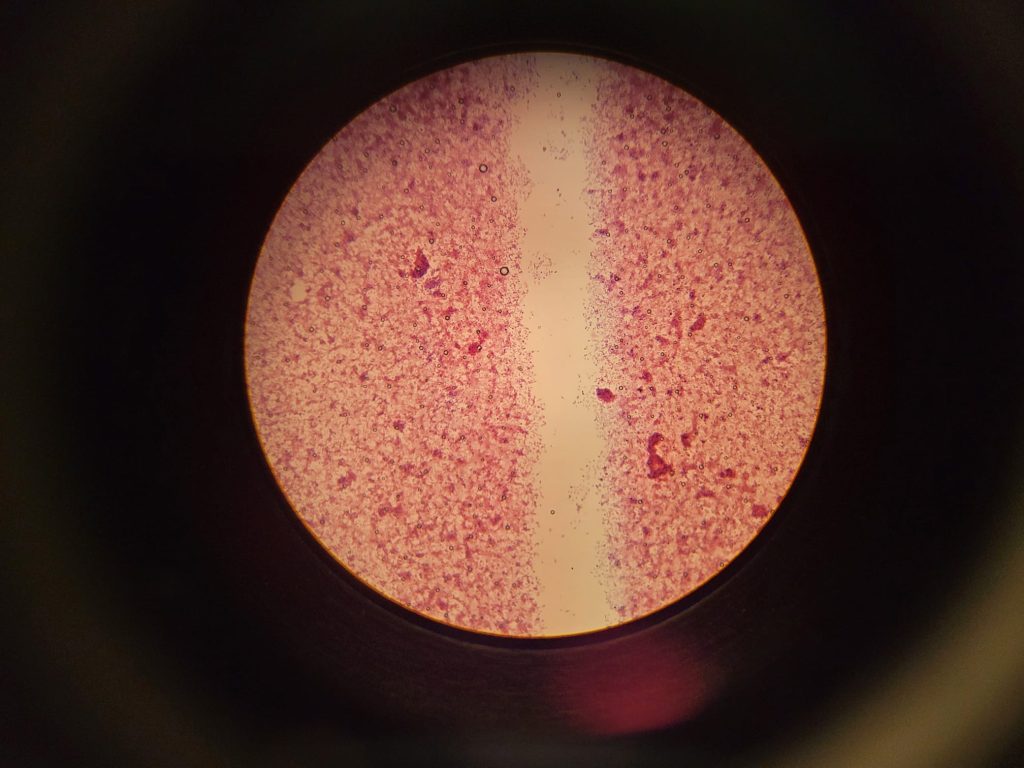
3. Cell Differentiation
I had no idea how cool it is to grow neurons in the lab! For me, this last experiment was definitely the jewel in the crown! Our task was to start from undifferentiated neural progenitor cells and obtain neurons and glial cells through differentiation.
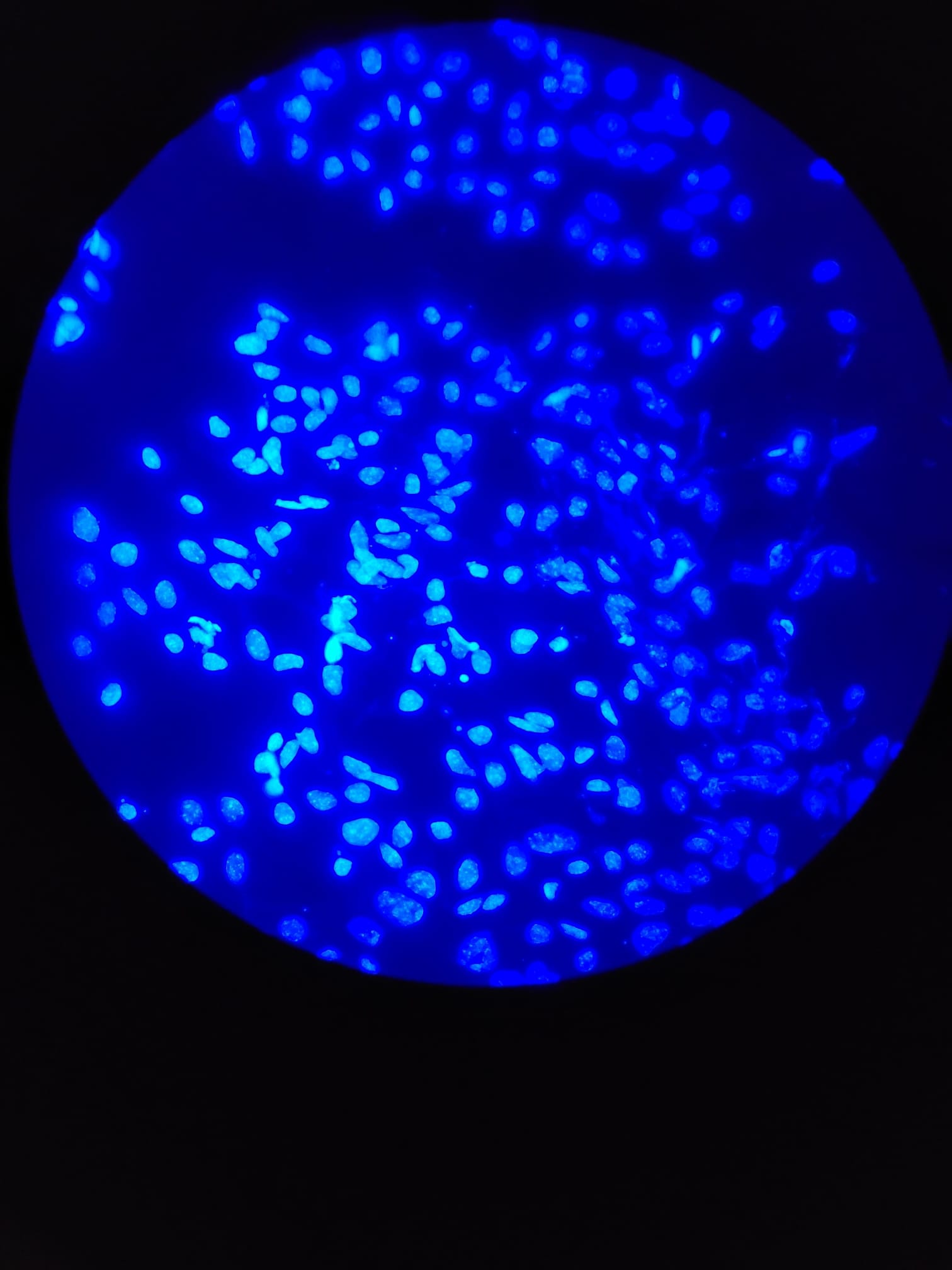
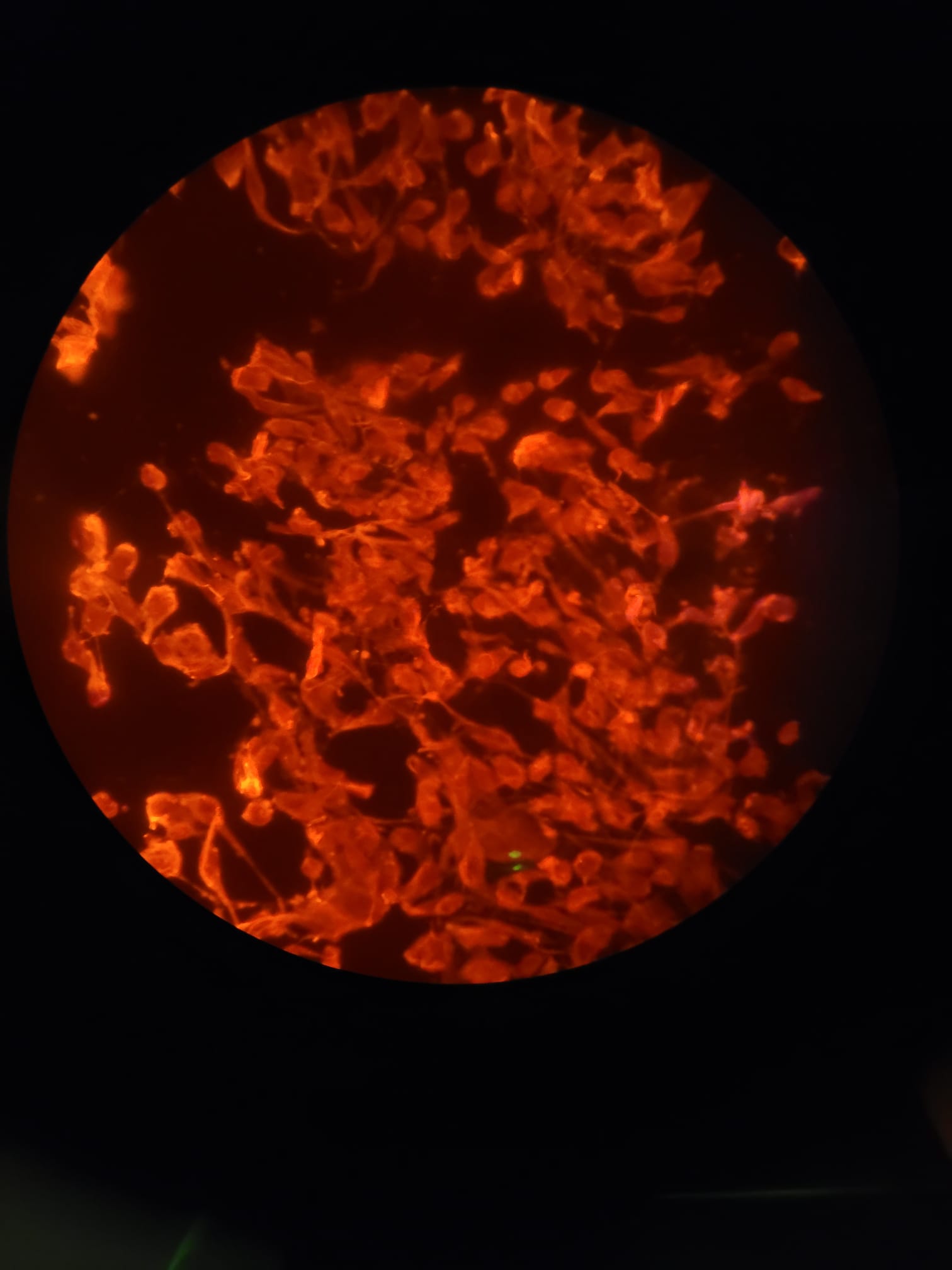
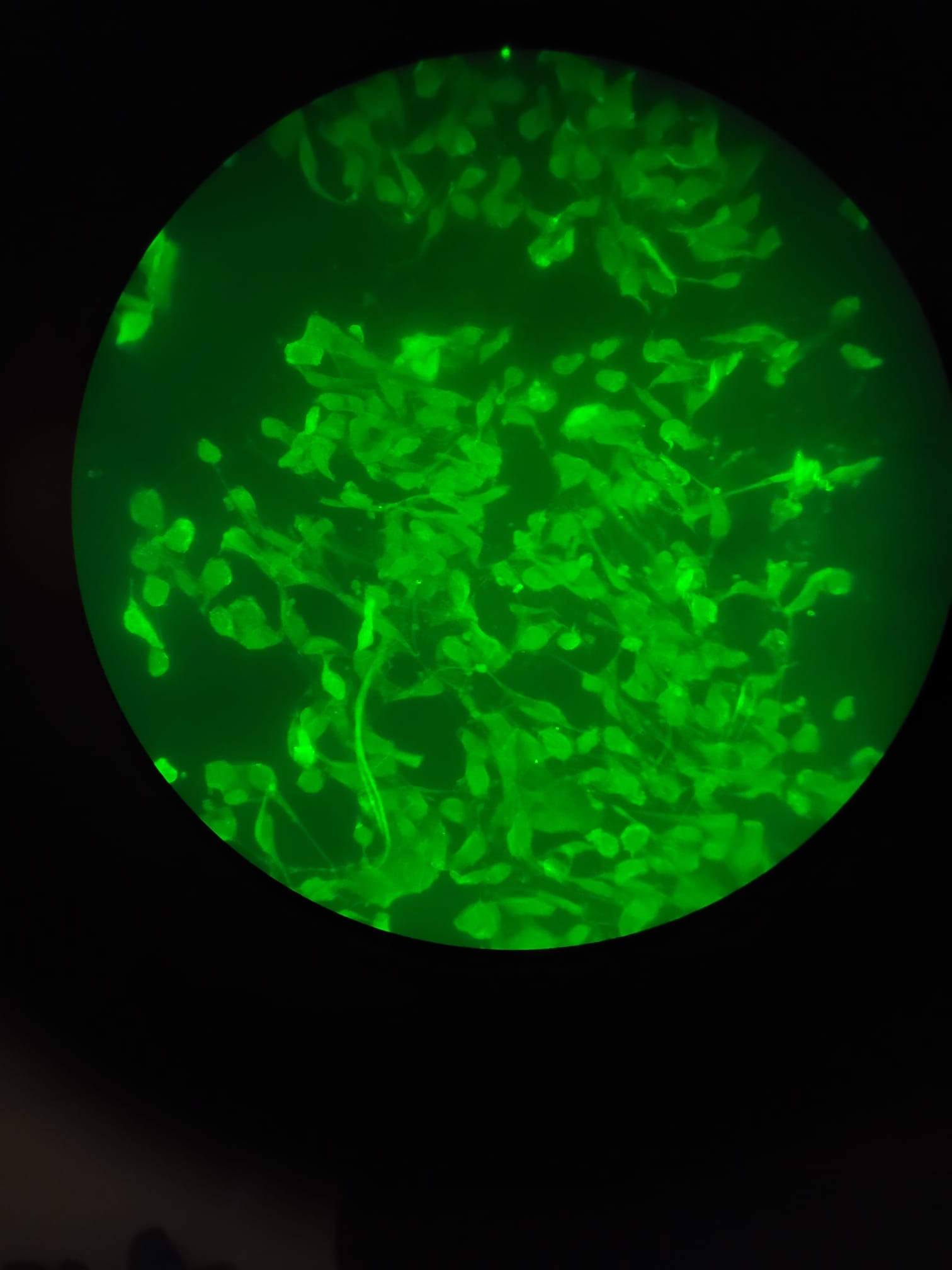
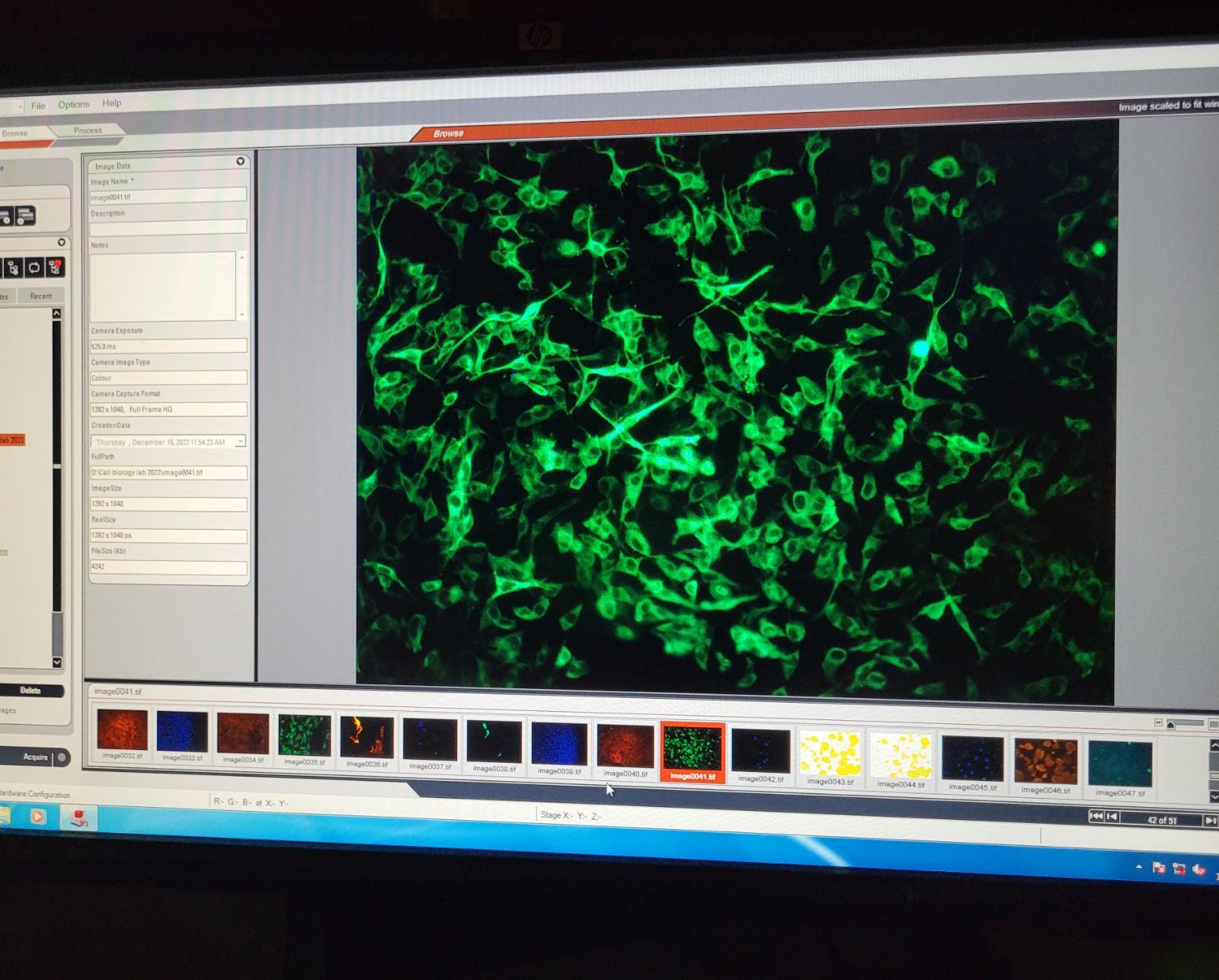
Until next time, don’t forget to stay creative!
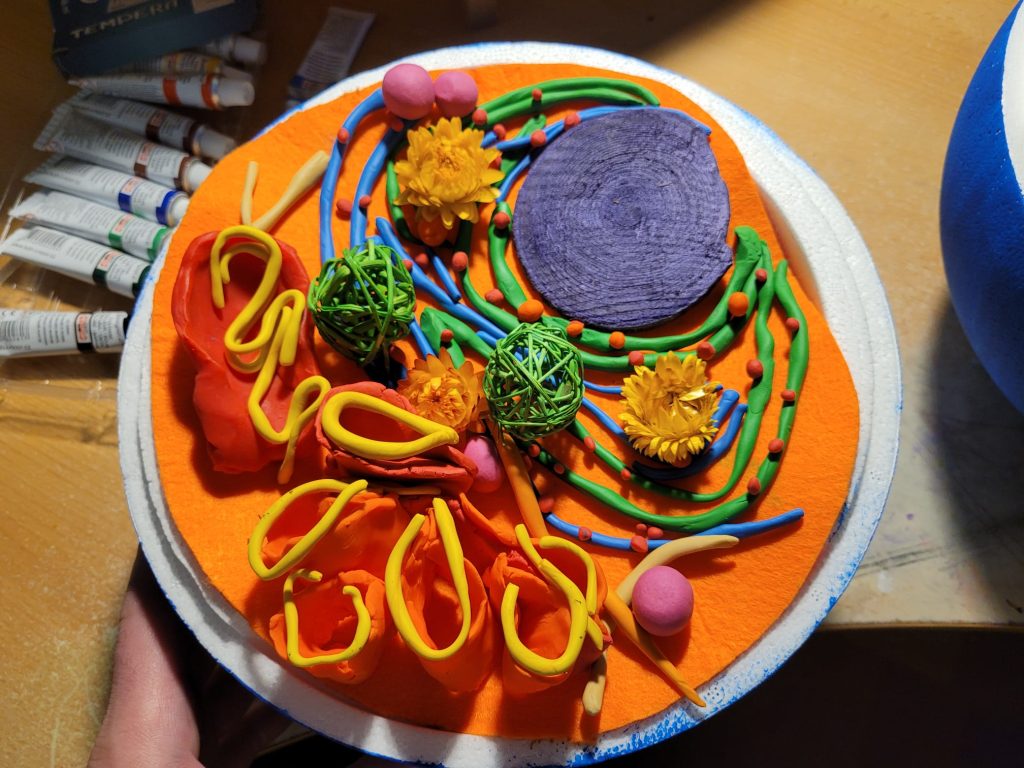
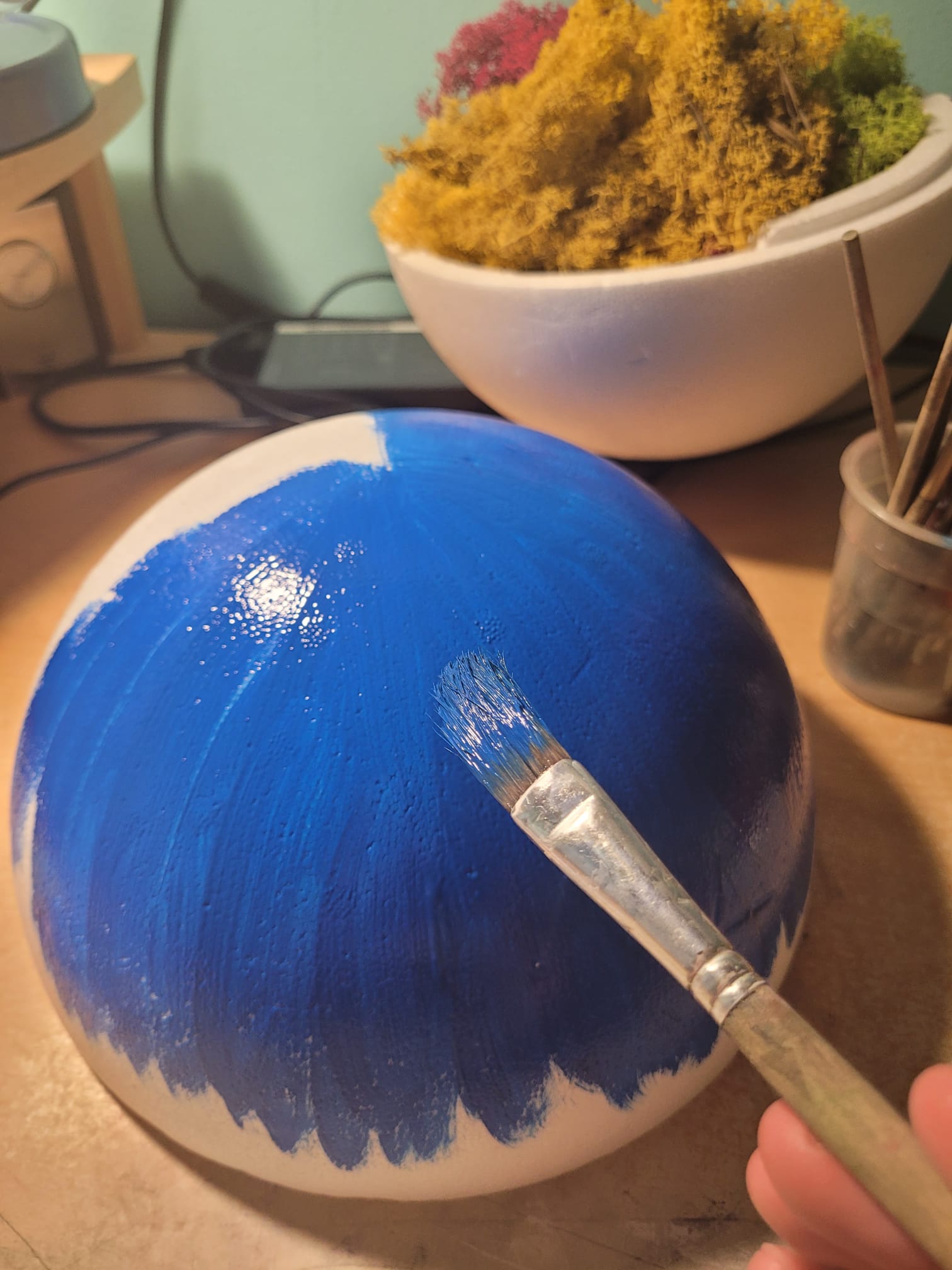
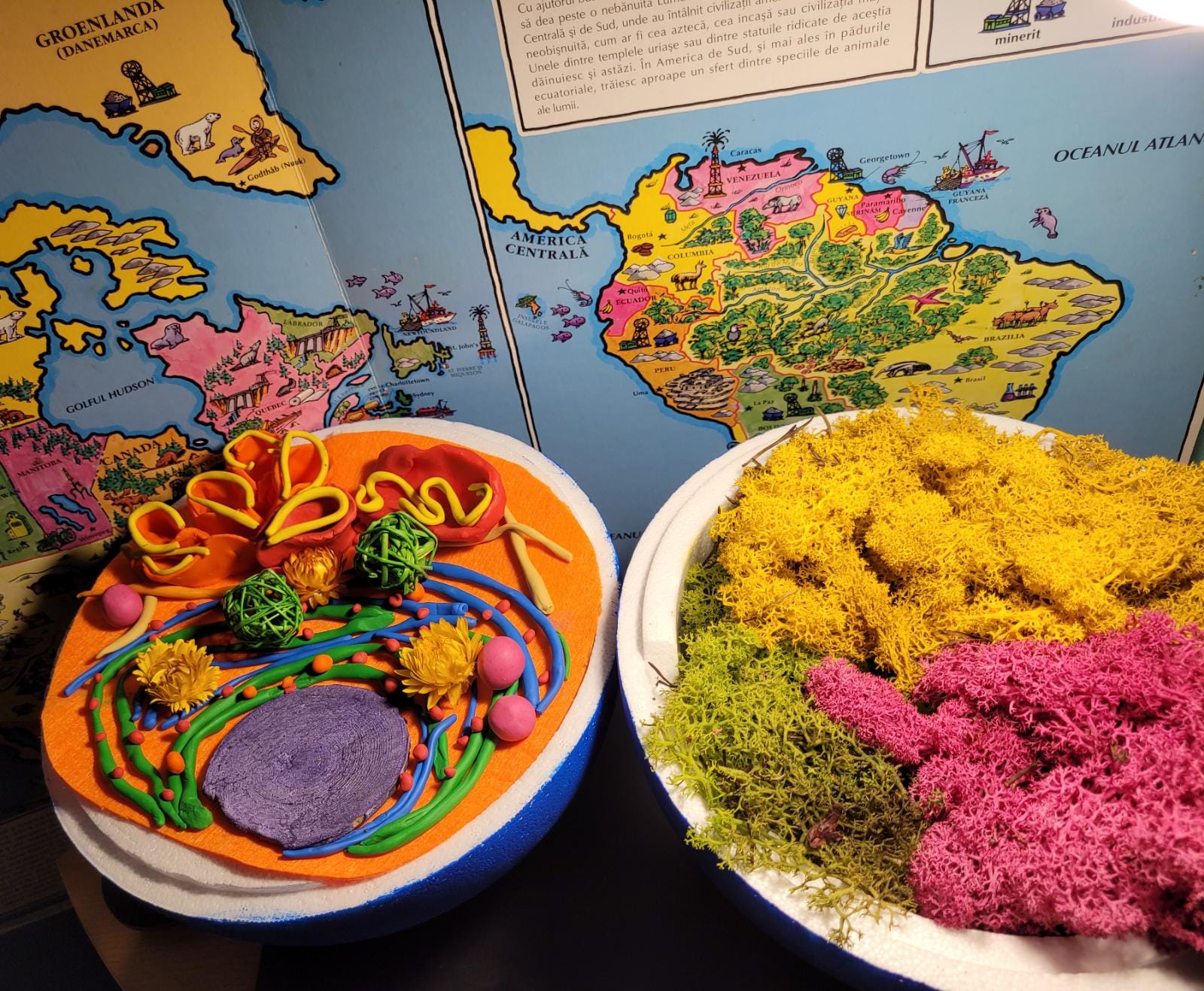
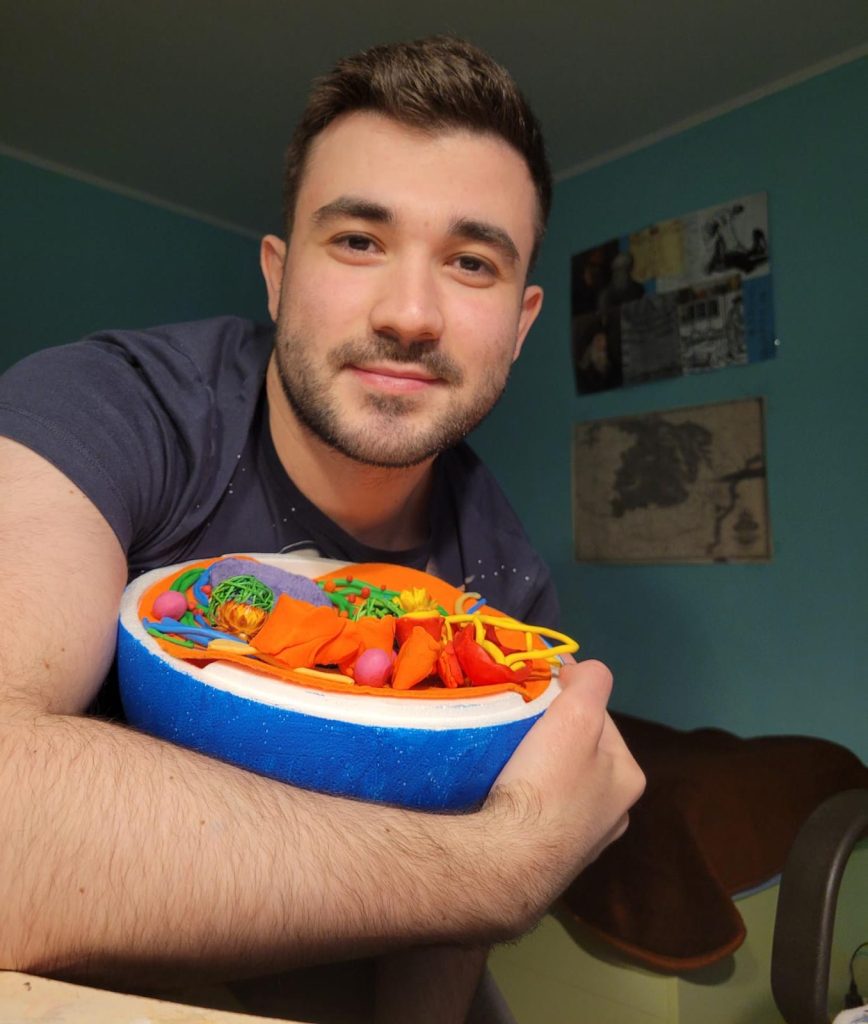
If you have any questions for me or ideas for new blogs, please feel free to contact me!

Vlad – Biomedicine (BSc)
I'm Vlad, your Romanian blogger who comes from the very homeland of Dracula, Transylvania. While completing my first degree in International Business, I based my undergraduate thesis on the inconsistency of biological analogies in Economics. I began to study the genomes of ants and thus gravitate towards Biomedicine and KI. I chose Karolinska because of its academic and research excellence and because one day I wish to be able to make a difference in the field of Cancer Genetics. Visiting the remarkable collection of preserved medieval manuscripts from the Kungliga Biblioteket is on my bucket list.

0 comments